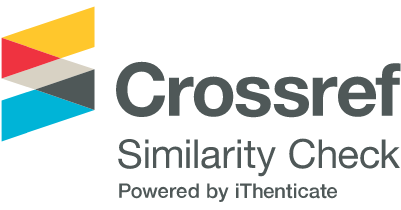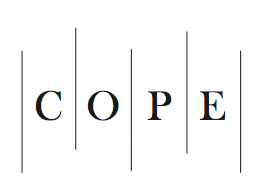Formaldehyde containment efficiency with a next-generation grossing station promising safer use in anatomical pathology practice
DOI:
https://doi.org/10.2478/aiht-2025-76-3971Keywords:
containment capacity, gas chromatography, occupational safety, optical gas imaging, potassium iodide test, short-term exposure limit, tracer-gas leak testAbstract
Healthcare needs to re-evaluate its resources and make the processes more efficient. The pathologist’s workspace is often narrow and limits access to grossing information mid-procedure. An ergonomic, open-front containment console – called grossing station – can improve this situation. Besides collecting airborne formaldehyde and chemical fumes, its cupboard with adjustable vertical protective screen simplifies the workflow with a customisable open work surface that allows image acquisition and includes voice recognition and waste dispensers. However, its containment efficiency and compliance with international safety standards has not yet been investigated. The aim of our study was to address this lack of information and propose a standard procedure for testing containment efficacy of next-generation grossing stations. For this purpose we ran the potassium iodide test and a formaldehyde leak test with a new tracer-gas method on a new DFB900 grossing station model and established that its protection factor of 105 complied with the EU standards and the NIOSH safety limits. Future research should include a range of new grossing stations and a wide spectrum of harmful compounds that pose occupational health risk to their operators.
Downloads
Published
Issue
Section
License
Copyright (c) 2025 Stefano Dugheri, Giovanni Cappelli, Ilaria Rapi, Niccolò Fanfani, Donato Squillaci, Antonio Baldassarre, Veronica Traversini, Simone De Sio, Nicola Mucci

This work is licensed under a Creative Commons Attribution 4.0 International License.














